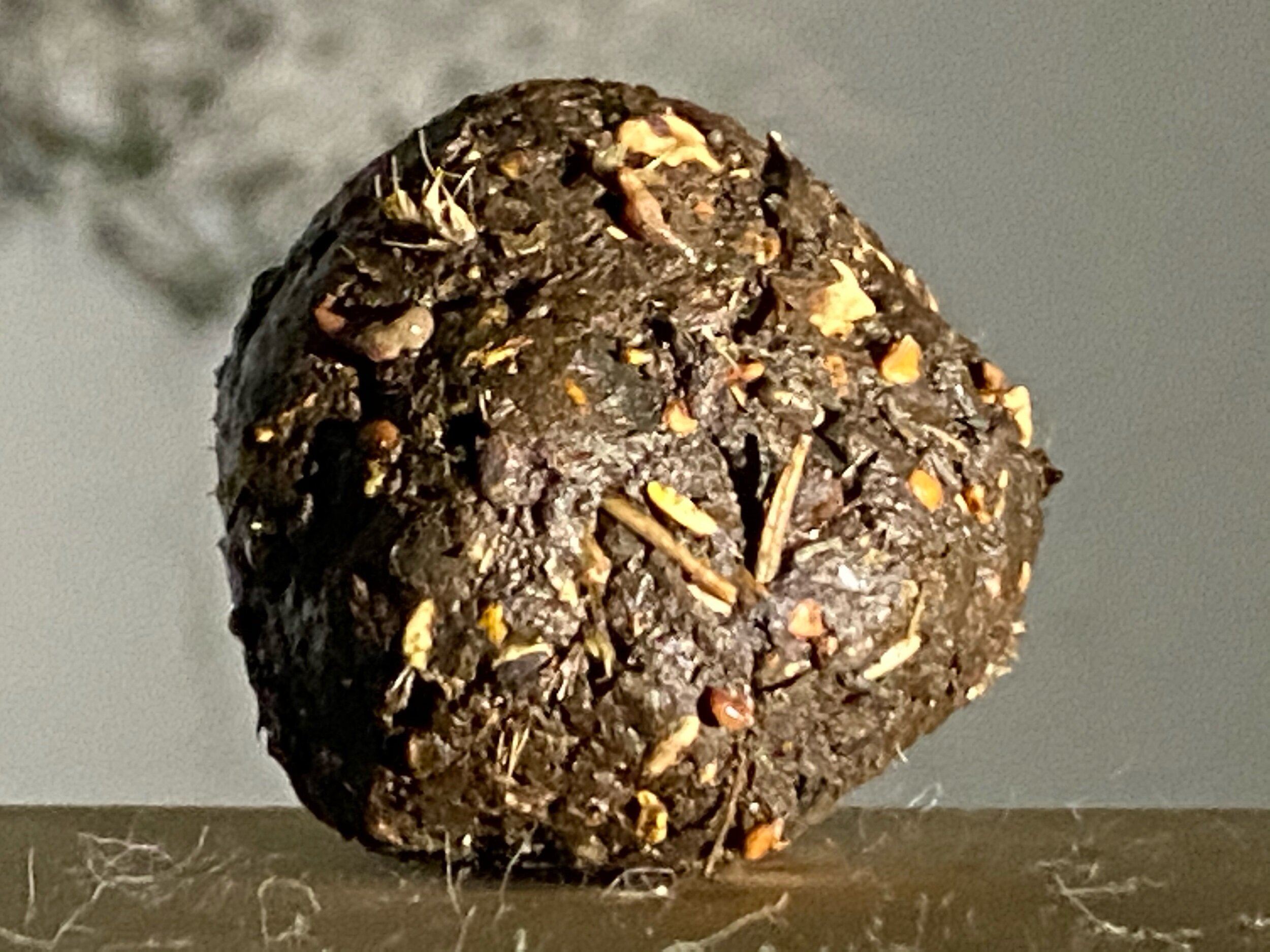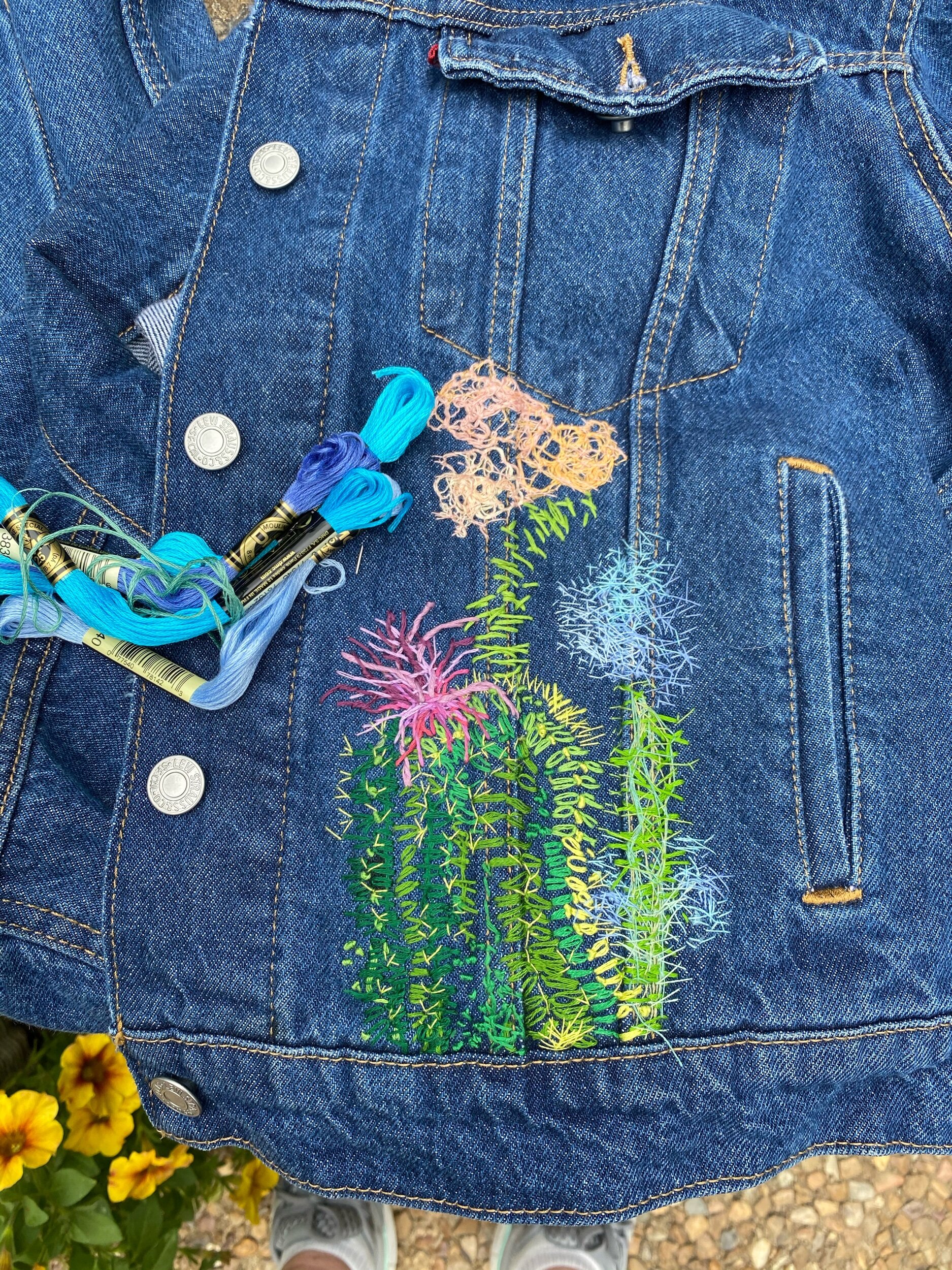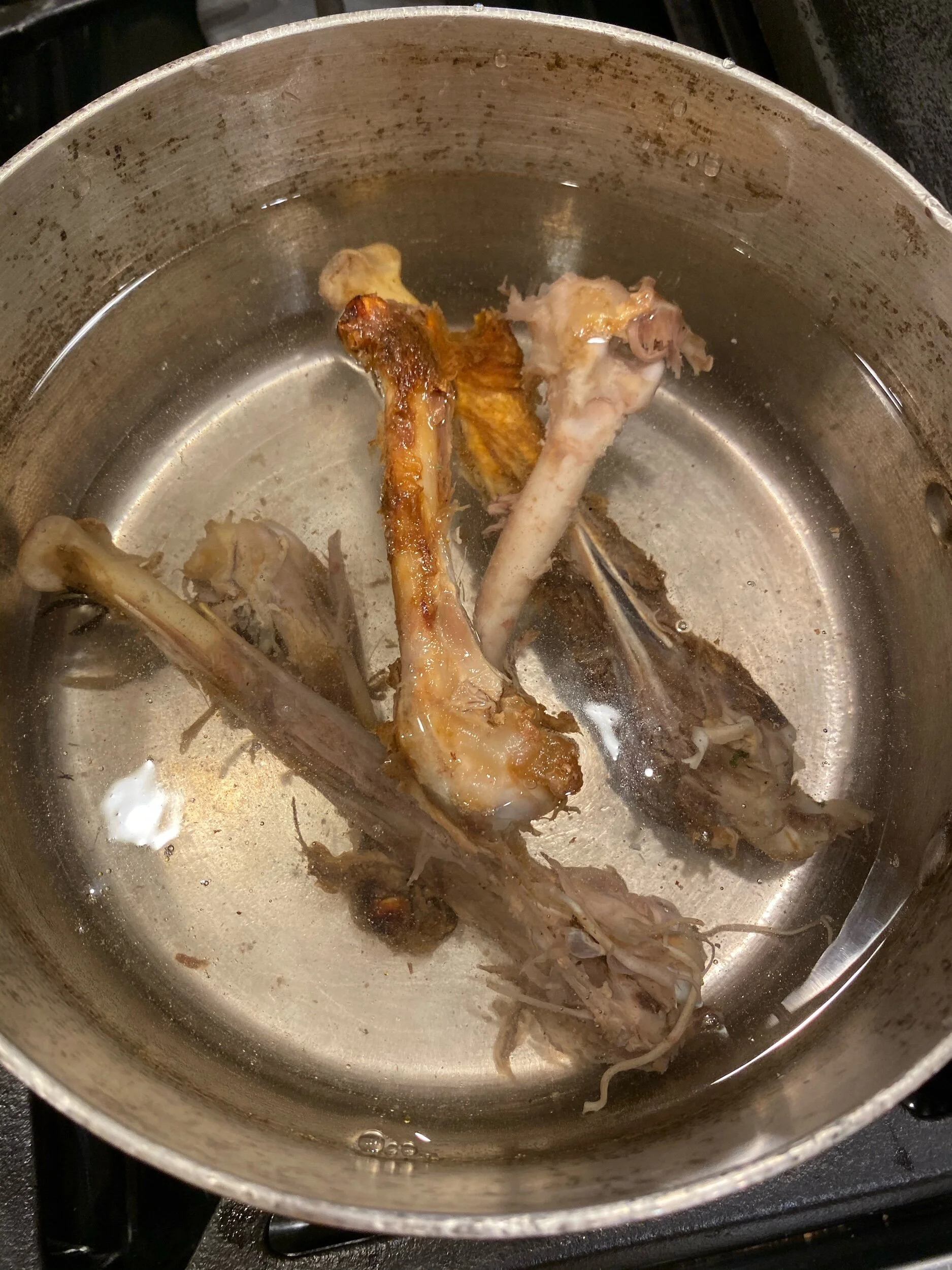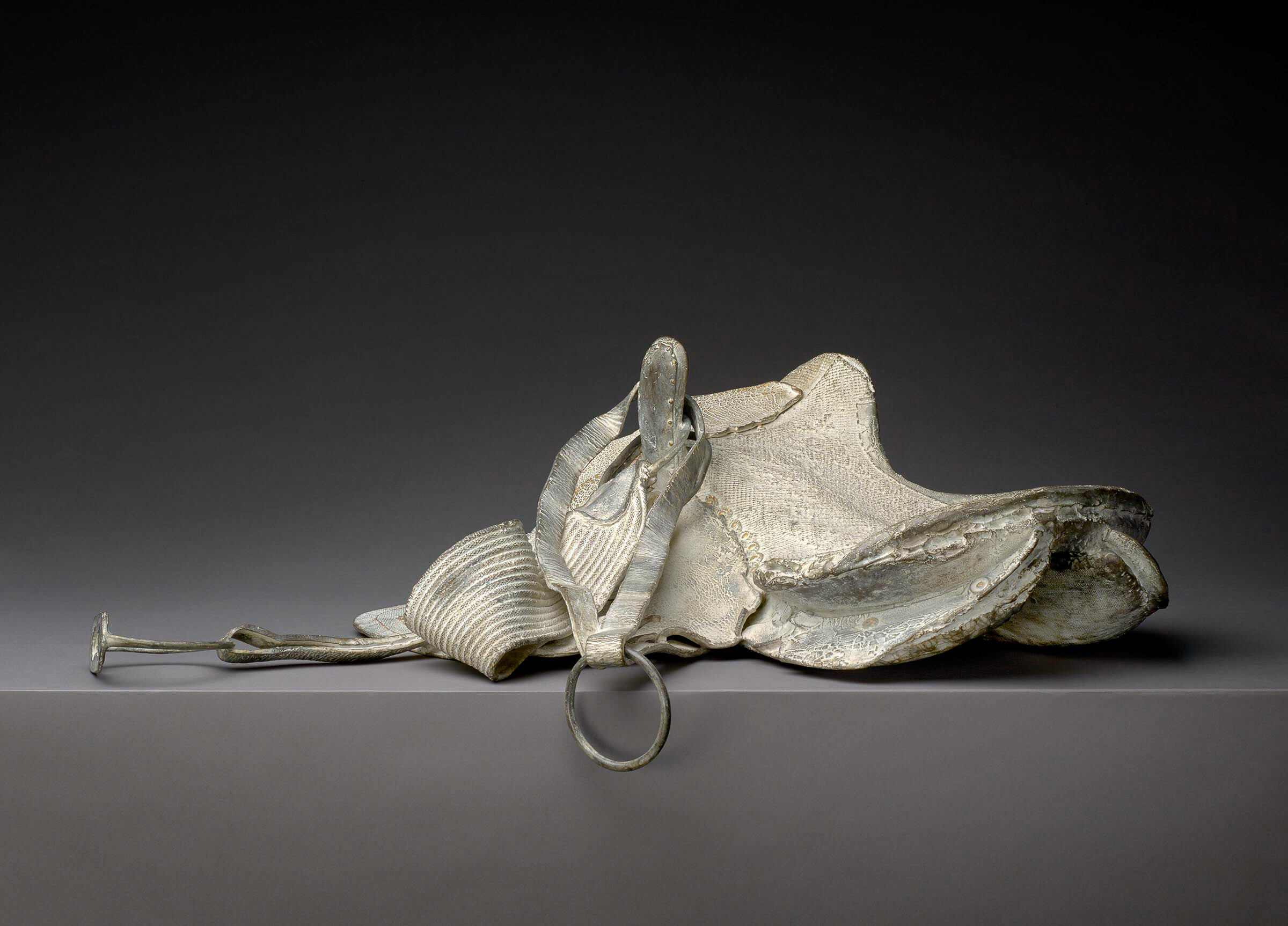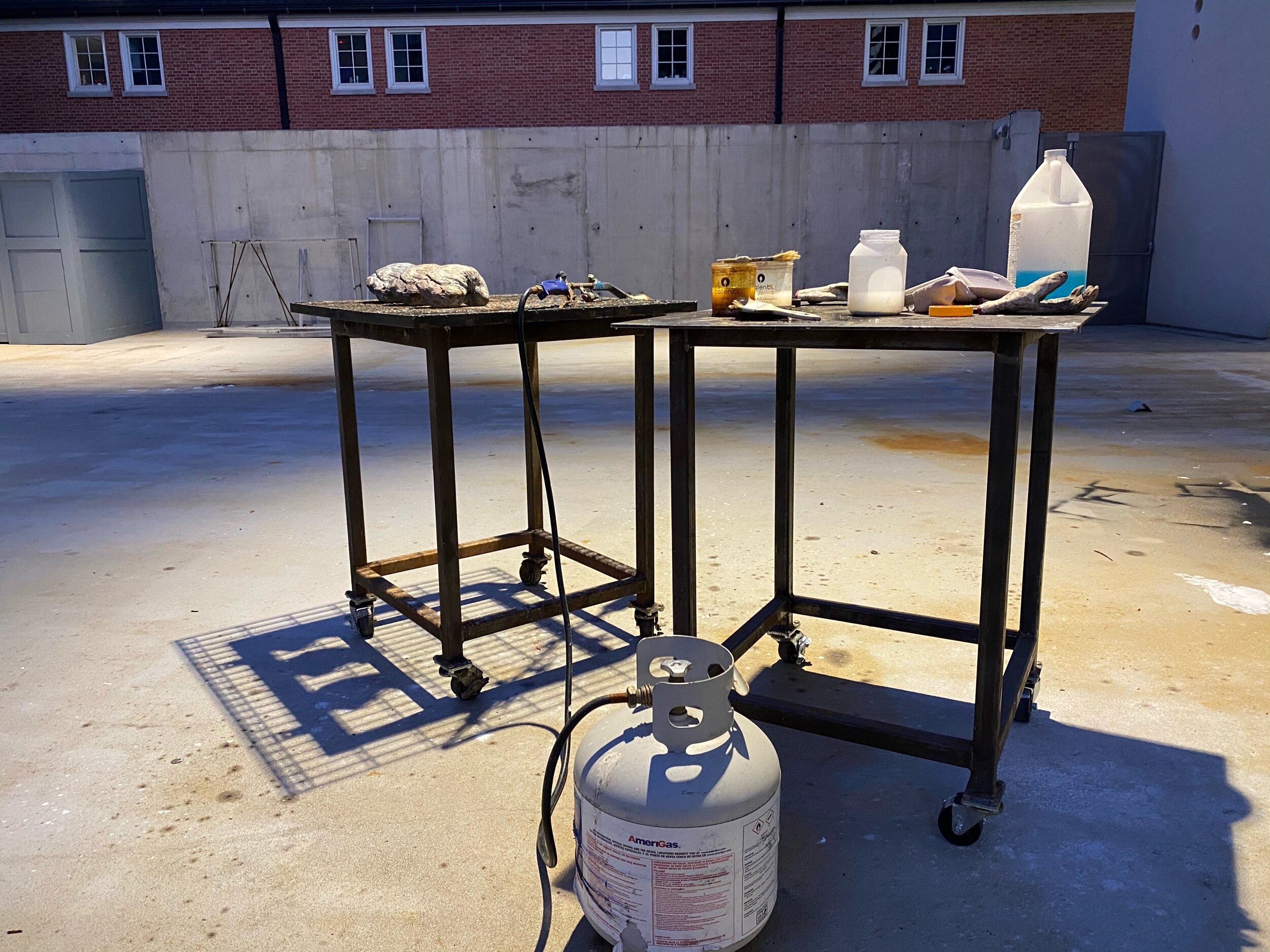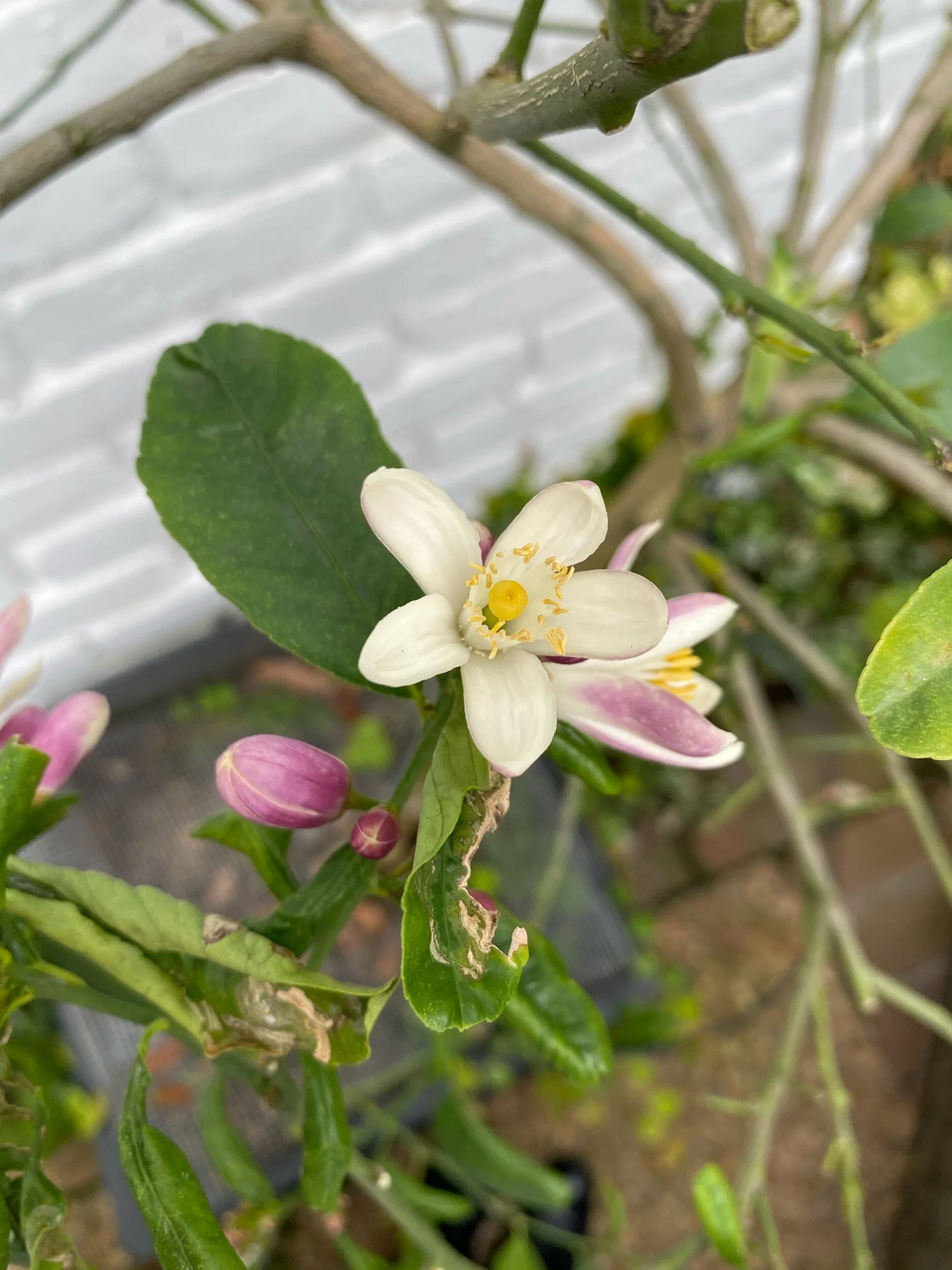I have had several people text me or Dm me to tell me about the bees they have seen this spring. That they are looking for bees during their Coronavirus afternoon walks. Some have was even said they would have killed the bees, except they knew I would not have been happy and that they need to protect the bees. It is so lovely to hear about these sightings. Thank you for the feedback- the role of an environmental activist artist can be frustrating at times. This feedback is inspiring. I love this native bee. Did you know this minuscule creature buzzing your native plants is a bee? I think it is a sweat bee part of the Halictidae family. There are 4,000 native bees and hard to identify. The Halictidae is the second largest family of Apoidea bees. Halictid species occur all over the world and are usually dark-colored and often metallic in appearance. With a macro lens, their colors are amazing. Several species are all or partly green, and a few are red; a number of them have yellow markings, especially the males, which commonly possess yellow faces, a pattern widespread among the various families of bees. (Source: Wikipedia, Halictidae, CC BY-SA 3.0) They are tough to photograph as they are swift and only about 1/4” - such a beautiful creature. Aren’t they cool.
Zoomed in
This gives you an idea how tiny these are.






